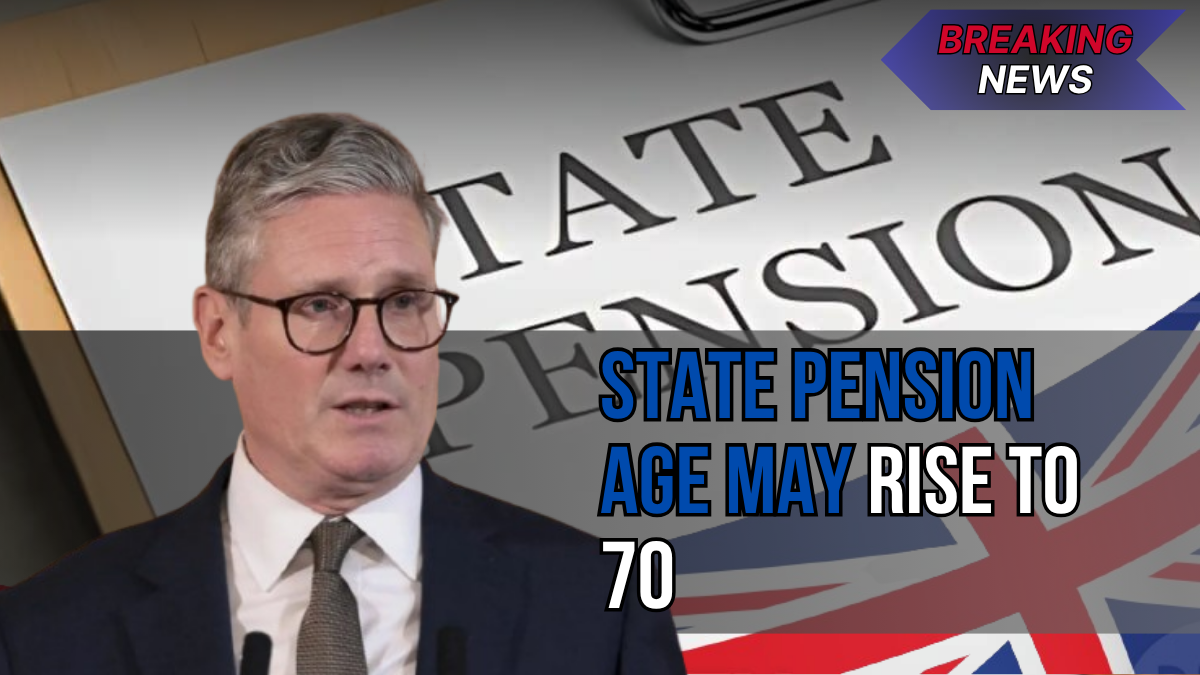The UK’s State Pension system is undergoing intense scrutiny and may face major reforms in the coming decades. Among the most significant proposals are raising the State Pension Age (SPA) to 70 and potentially weakening or replacing the triple lock—a mechanism that guarantees annual increases in pension payments. These changes could have profound implications for millions of current and future retirees.

As life expectancy increases and the cost of public pensions rises, experts and government bodies are exploring ways to make the system more financially sustainable. While these adjustments may help balance public spending, they also place more responsibility on individuals to plan and save for their retirement. For younger workers and even those approaching retirement, this is a clear call to action.
This guide explains what the proposed changes could mean for you. Whether you’re in your 30s, 50s, or already thinking about your retirement years, now is the time to understand how rising pension ages and changes to the triple lock might affect your future—and what steps you can take today to secure your long-term financial wellbeing.
Summary Table: UK State Pension Age May Rise to 70
| Topic | Details |
|---|---|
| Current State Pension Age | 66 for both men and women |
| Scheduled Increases | – To 67 between April 2026 and April 2028- To 68 between April 2044 and April 2046 |
| Potential Future Increase | Experts suggest SPA could rise to 70 by the early 2050s |
| Triple Lock Mechanism | Guarantees annual pension increases by the highest of inflation, average earnings growth, or 2.5% |
| Triple Lock Sustainability | Projected to add £5bn to £45bn annually to public spending by 2050 |
| Full New State Pension (2025/26) | £230.25 per week (£11,973 annually) |
| Official Resource | GOV.UK: State Pension |
Understanding the State Pension Age and Triple Lock
What Is the State Pension Age (SPA)?
The State Pension Age (SPA) is the age at which individuals become eligible to receive the UK State Pension. As of now, the SPA is 66 for both men and women. However, due to increasing life expectancy and financial pressures on the pension system, the government has scheduled gradual increases:
- To 67: Between April 2026 and April 2028
- To 68: Between April 2044 and April 2046
There is ongoing discussion about further increasing the SPA to 70 by the early 2050s to ensure the sustainability of the pension system .
What Is the Triple Lock?
The triple lock is a government policy that ensures the State Pension increases each year by the highest of three measures:
- Inflation: As measured by the Consumer Prices Index (CPI)
- Average Earnings Growth: Across the UK
- 2.5%
This policy aims to protect pensioners’ incomes against inflation and ensure they share in the nation’s economic growth. Introduced in 2010, the triple lock has been a cornerstone of pension policy, but its long-term affordability is under scrutiny .
Why Might the State Pension Age Rise to 70?
Increasing Life Expectancy
People in the UK are living longer, which means they draw pensions for more years. This demographic shift places a significant financial burden on the pension system.
Financial Sustainability
The cost of maintaining the current pension system is rising. The Institute for Fiscal Studies (IFS) projects that even with a SPA of 70 by the early 2050s, spending on a triple-locked State Pension would exceed 6% of national income .
International Comparisons
Other countries are also adjusting their pension ages. For instance, Denmark has legislated to increase its SPA to 70 by 2040, linking retirement age to life expectancy .
The Debate Over the Triple Lock’s Future
Arguments for Retaining the Triple Lock
- Protecting Pensioners: Ensures that pensions keep pace with the cost of living and wage growth.
- Reducing Poverty: Helps prevent pensioner poverty by providing a stable and predictable income.
Arguments Against the Triple Lock
- Cost: The triple lock is expensive. The IFS estimates it could add between £5bn and £45bn annually to public spending by 2050 .
- Intergenerational Fairness: Critics argue that it places a disproportionate financial burden on the working population, who fund pensions through taxes .
- Sustainability: As the population ages, the cost of the triple lock may become unsustainable without significant tax increases or spending cuts elsewhere.
Implications for Individuals
Working Longer
If the SPA rises to 70, individuals will need to work longer before receiving their State Pension. This may require career planning and possibly retraining for less physically demanding roles in later life.
Saving More
Relying solely on the State Pension may not provide sufficient income in retirement. Individuals are encouraged to:
- Contribute to Workplace Pensions: Take full advantage of employer contributions.
- Consider Personal Pensions: Such as Self-Invested Personal Pensions (SIPPs).
- Utilize ISAs: Tax-efficient savings accounts can supplement retirement income.
Checking State Pension Forecast
Individuals can check their State Pension forecast to understand how much they are likely to receive and when. This information is crucial for retirement planning.
- Check your State Pension forecast
Frequently Asked Questions (FAQs)
Q1: What is the current State Pension Age?
A1: The SPA is currently 66 for both men and women.
Q2: When is the next scheduled increase in SPA?
A2: The SPA is set to rise to 67 between April 2026 and April 2028.
Q3: What is the triple lock?
A3: The triple lock ensures that the State Pension increases each year by the highest of inflation, average earnings growth, or 2.5%.
Q4: Is the triple lock guaranteed to continue?
A4: While the government has maintained the triple lock in recent years, its long-term future is uncertain due to financial sustainability concerns.
Q5: How can I prepare for potential changes to the SPA and triple lock?
A5: Individuals should consider working longer, increasing personal savings, and diversifying retirement income sources to mitigate potential changes in State Pension policy.
Conclusion
The potential rise in the State Pension Age to 70 and the uncertainty surrounding the triple lock policy underscore the importance of proactive retirement planning. Individuals are encouraged to stay informed about policy changes, maximize personal savings, and consider various income streams to ensure financial security in retirement.
For the most current information on State Pension policies and planning tools, visit the official government website:
- GOV.UK: State Pension
Click here to know more



